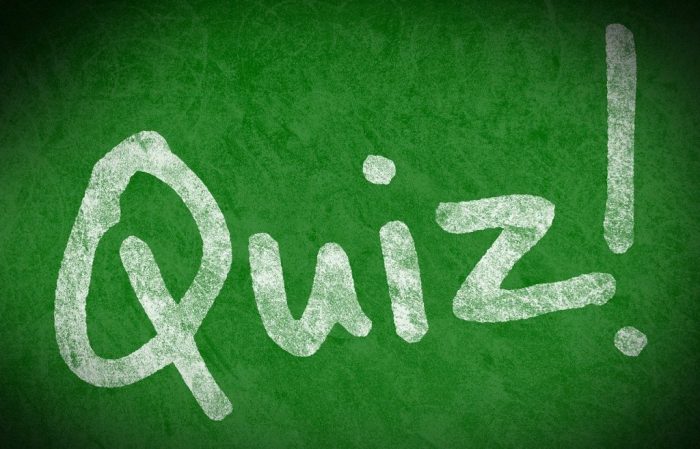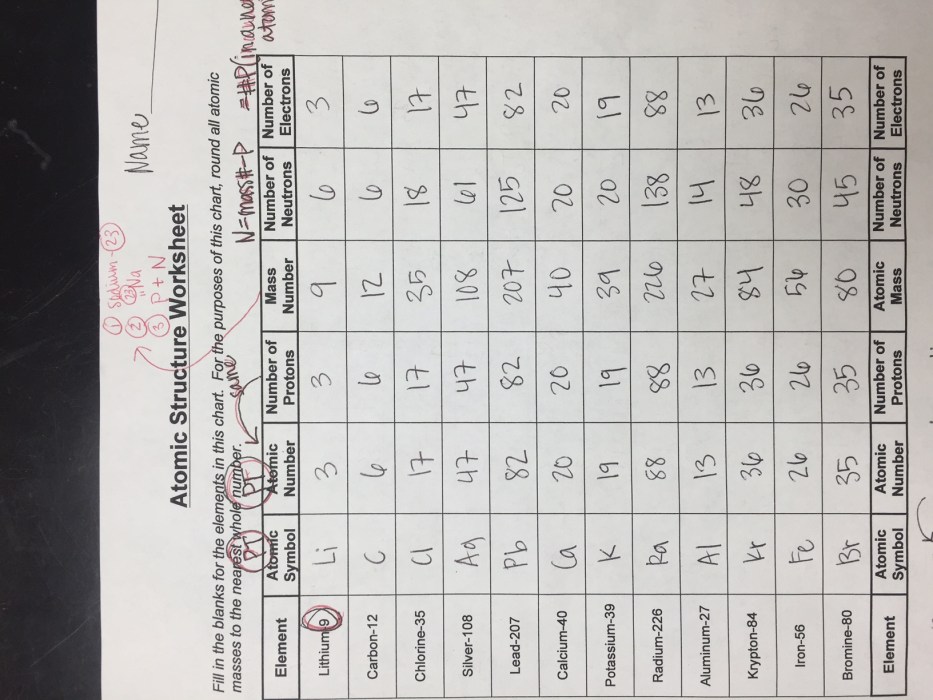Lesson 15 analyzing the structure of a poem answer key – Welcome to Lesson 15: Analyzing the Structure of a Poem. In this lesson, we will explore the essential elements that contribute to the structure of a poem, including rhyme scheme, meter, stanzas, and line breaks. We will also examine how literary devices such as metaphors, similes, imagery, and symbolism contribute to a poem’s structure and meaning.
By understanding the structure of a poem, we can gain a deeper appreciation for its beauty and complexity. We can also use this knowledge to enhance our own poetry writing and to engage more critically with the work of other poets.
1. Poem Structure Analysis: Lesson 15 Analyzing The Structure Of A Poem Answer Key

Understanding a poem’s structure is crucial for comprehending its meaning and impact. Different poem structures, such as sonnets, haikus, and free verse, employ specific patterns and techniques that influence the poem’s rhythm, flow, and overall effect.
2. Elements of Poem Structure
Rhyme Scheme
Rhyme scheme refers to the pattern of rhyming words at the end of lines. It creates a sense of rhythm and cohesion, contributing to the poem’s musicality and memorability.
Meter
Meter refers to the regular pattern of stressed and unstressed syllables in a line of poetry. It determines the rhythm and flow of the poem, creating a sense of movement and emphasis.
Stanzas and Line Breaks
Stanzas are groups of lines that are separated by line breaks. They help organize the poem’s content and create a sense of structure and progression. Line breaks can also emphasize certain words or phrases, adding to the poem’s overall impact.
3. Literary Devices and Structure
Metaphors and Similes
Metaphors and similes are literary devices that create comparisons, enriching the poem’s imagery and depth of meaning. They can also contribute to the poem’s structure by linking different elements and ideas.
Imagery and Symbolism
Imagery and symbolism involve the use of sensory details and symbolic representations to evoke vivid pictures and deeper meanings. They can create a sense of structure by providing a framework for the poem’s narrative or themes.
Figurative Language
Figurative language encompasses a wide range of literary devices, including metaphors, similes, imagery, and symbolism. It contributes to the poem’s structure by adding layers of meaning, enhancing its emotional impact, and creating a more engaging reading experience.
4. Form and Content in Poem Structure
The form of a poem, including its structure, meter, and rhyme scheme, can enhance or limit the expression of its content. Structure can provide a framework for the poem’s ideas, while content can influence the choice of structure that best conveys its themes and emotions.
5. Historical and Cultural Context

Influence of Tradition, Lesson 15 analyzing the structure of a poem answer key
Different poetic traditions and movements have shaped poem structure over time. For example, the sonnet form originated in Italy during the Renaissance, while free verse became popular in the 20th century.
Social and Political Factors
Social and political factors can also influence poem structure. For instance, during periods of social upheaval, poets may use unconventional structures to express their dissent or explore complex emotions.
6. Practical Application of Structure Analysis
Enhancing Poetry Writing
Understanding structure analysis can help poets make informed choices about form, meter, and other elements to create poems that are both effective and engaging.
Poetry Appreciation and Interpretation
Structure analysis enables readers to appreciate the craft and artistry of poetry, deepening their understanding of how structure contributes to meaning and impact.
Literary Criticism and Research
Structure analysis is a valuable tool for literary critics and researchers to examine the development of poetic forms, identify patterns and trends, and gain insights into the intentions and influences of poets.
Answers to Common Questions
What is the importance of understanding the structure of a poem?
Understanding the structure of a poem can help us to appreciate its beauty and complexity. It can also help us to understand the poet’s intent and to engage more critically with the poem.
What are some of the key elements that contribute to the structure of a poem?
Some of the key elements that contribute to the structure of a poem include rhyme scheme, meter, stanzas, line breaks, and literary devices.
How can we use our understanding of poem structure to enhance our own poetry writing?
We can use our understanding of poem structure to enhance our own poetry writing by experimenting with different structural elements to create different effects.